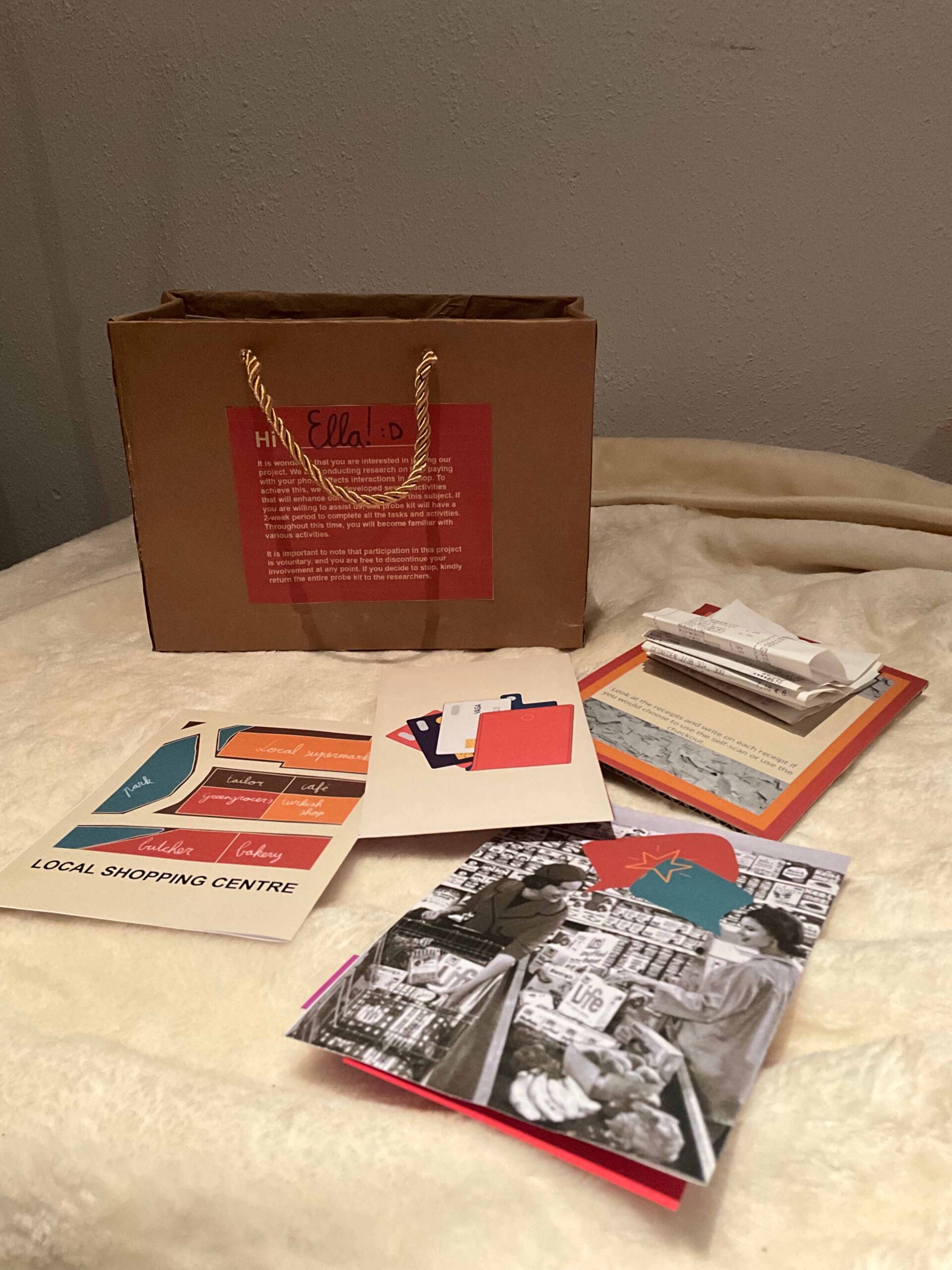Design <> Research
Course Pre-Master (DDB100)
Design Research Theory / Pictorial Format / Cultural Probes

Rather than viewing design and research as separate entities, I began to see them as complementary tools, that when combined can greatly contribute to improving our society.
Institution
Technical University Eindhoven
Team
Sanne Jansen
Nour Kamel
Femke Neelis
Niek Seinen
I eagerly anticipated this course, as one of my learning objectives was to enhance the structure of my research process. The course illuminated the concept that design can serve as a research method to inspire designers, reshaping my perception of research as a distinct step in the creative process. Rather than viewing design and research as separate entities, I began to see them as complementary tools, that when combined can greatly contribute to improving our society.
The course introduced us to one specific design research method: Cultural Probes, an interesting method that is related to the user and society expertise area. In my previous studies, I encountered a course on cultural probes, but the emphasis was more on the artistic implications, showcasing a theme. The format of this more recent course resonated with me, and the method’s capacity to collect specific qualitative data made it one of my preferred data gathering techniques. I appreciate this method for the following reasons:
- Rich in Contextual Insights: Cultural Probes gather data about daily life, thoughts, and experiences, offering rich contextual information beyond what participants might express in surveys or interviews.
- User-Centered Exploration: Focused on designing for social interaction, Cultural Probes are intriguing as they emphasize understanding participants and encourage them to document their experiences at their own pace. This user-centered approach captures nuances and subjective aspects that other methods like field research or interviews might miss.
- Holistic Understanding: Cultural Probes promote a holistic understanding of users by exploring various aspects of their lives, including cultural influences, emotions, and social context. This comprehensive approach aids in designing solutions that consider the entirety of the user’s experience.
- Inspiration for Design: Cultural Probes serve as inspiration for the design process by immersing designers in the real-world context of users, providing a foundation for ideation and innovation. The collected answers can inspire solutions closely aligned with users’ needs and aspirations.
Despite the method’s interesting potential for research, I still feel uneasy using it. The vagueness of Cultural Probes makes it challenging concept for me to grasp. While I understand their purpose and benefits, the formulation remains complicated. Hence, I aspire to delve deeper into this method during my future development, learning to adapt it to my needs and observing how it influences my personal design process.
Throughout the course, I concluded that design research is fascinating to explore. However, I am uncertain about basing my entire career solely on design research. As a designer, I derive satisfaction from developing concepts that eventually reach the market. Yet, I recognize the potential of integrating my own process into the research field, as sharing information with other designers and research can stimulate innovation and pave the way for something entirely new.






